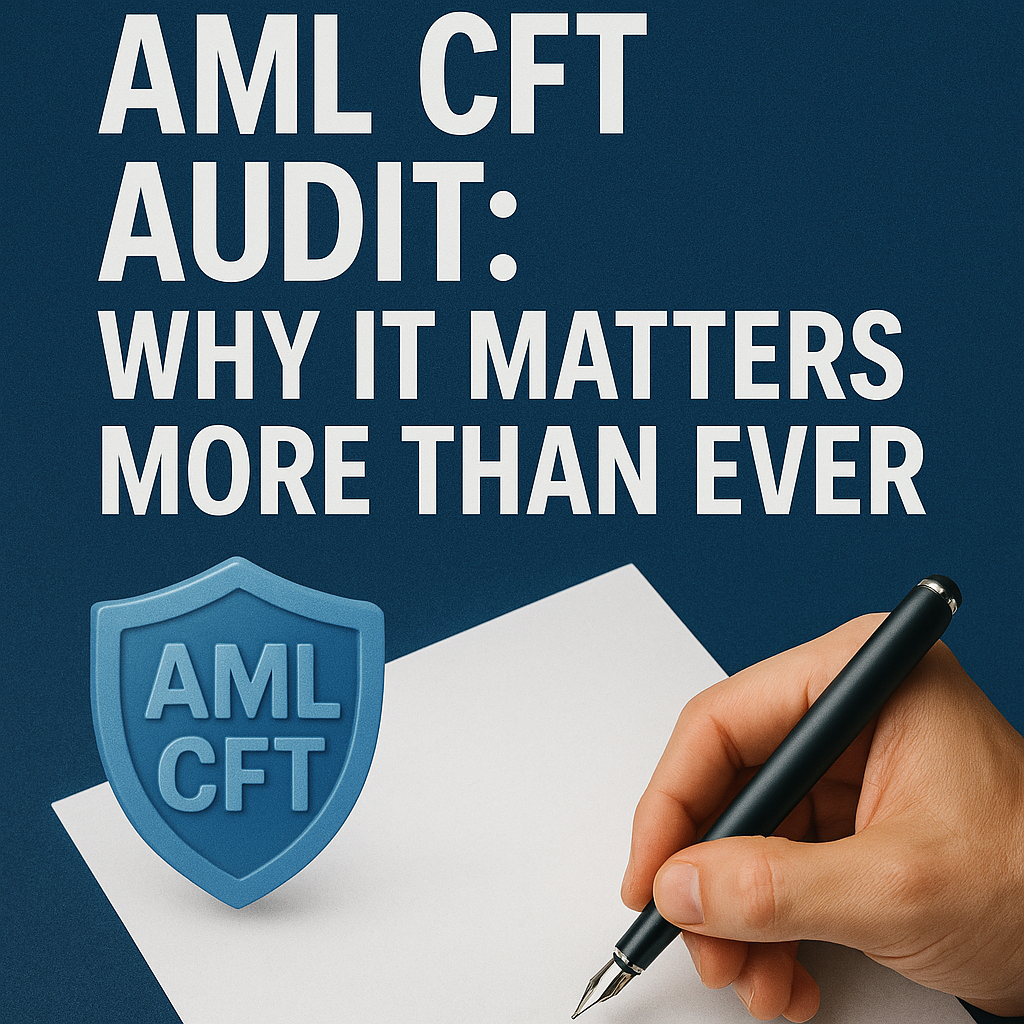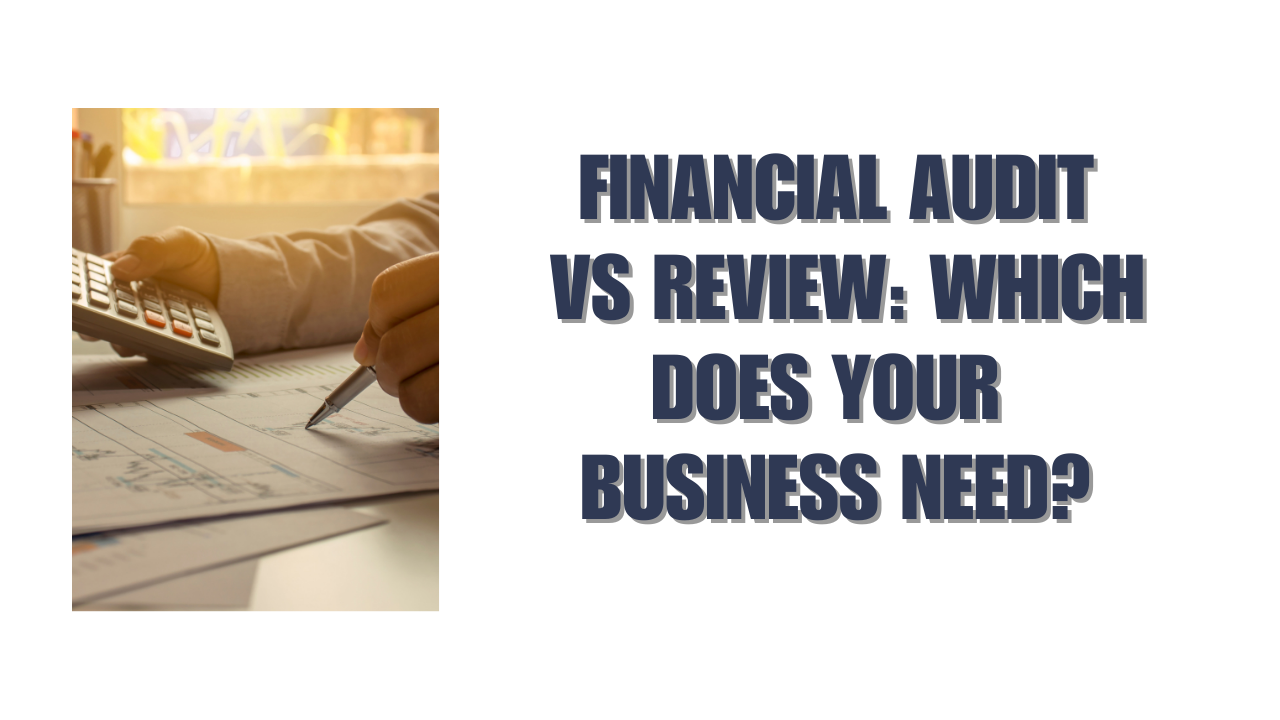Money laundering and terrorist financing aren’t just problems for big banks or global crime rings. Today, any business that deals with money—even indirectly—can be a target or an unknowing channel. That’s why laws across the world are becoming stricter, and compliance is no longer optional.
At the heart of a strong compliance framework is the AML CFT audit. It’s a thorough review of your business’s ability to prevent financial crime. Whether you’re a bank, a property agency, or a law firm, an AML CFT audit ensures your systems work—and if they don’t, it helps you fix them before trouble knocks on your door.
In this article, we’ll break down what an AML CFT audit is, why it matters so much, what’s included, and how to get ready for one without the stress.
What Exactly Is an AML CFT Audit?
Think of an AML CFT audit as a financial health check-up, but instead of checking your balance sheets, it inspects your compliance framework. The goal is to see whether your business is following anti-money laundering (AML) and counter financing of terrorism (CFT) laws—and how well.
This isn’t just about having the right documents. Auditors look at how your systems actually work. Are suspicious transactions being flagged? Are high-risk customers getting the extra attention they need? It’s not enough to just have policies—you need to prove they’re effective in practice.
The audit can be done by someone inside your company who’s independent of day-to-day AML duties, or by an external expert. Either way, the result is the same: a clear picture of what’s working, what’s not, and what you need to fix.
Why AML CFT Audits Aren’t Optional
Some business owners treat audits like an annual chore. But a well-done AML CFT audit is a lot more than a regulatory box to tick—it’s your shield against costly risks.
Firstly, there’s the legal side. In many countries, regular AML/CFT audits are mandatory for regulated businesses. If you don’t do one, or if yours is poorly done, regulators can fine you or even revoke your license.
But beyond compliance, audits protect your reputation. A weak AML system can make you a target for criminals. If that happens, it’s not just about fines—it’s about losing client trust, damaging your brand, and spending months cleaning up a mess that could have been avoided.
Finally, audits keep your internal processes honest. They push teams to stay sharp, find blind spots, and make smarter risk-based decisions.
Key Areas Every AML CFT Audit Must Cover
A solid AML CFT audit digs deep into your company’s entire compliance landscape. It’s not just one checklist—it’s multiple layers that all need to work together.
One of the first things auditors check is your risk assessment. Have you identified where your biggest AML/CFT risks are? Have you updated this assessment recently, especially if your business has changed?
Then there’s Customer Due Diligence (CDD). Are you verifying identities properly? Are you digging deeper for high-risk clients through Enhanced Due Diligence (EDD)? These checks are the first line of defense.
Next up is transaction monitoring. If suspicious activity is happening, are your systems catching it? And if they are, is someone reviewing and escalating those cases in time?
Don’t forget training. Even the best policies fail if your staff don’t know what to do. Audits look at how often you train, what the content includes, and whether employees really understand their responsibilities.
Last, but not least, are your reporting and recordkeeping processes. These need to be airtight—especially if regulators ever come knocking.
How to Prepare for an AML CFT Audit Without the Stress
Preparing for an audit doesn’t have to be overwhelming. In fact, if you treat compliance as an ongoing process, audits become easier with time.
Start by reviewing your risk assessment. Is it still relevant? If your business has expanded services, opened new branches, or taken on different types of customers, your risks may have shifted.
Next, go through your AML policies and procedures. Are they updated to reflect current laws and regulations? Have you made recent updates based on past audit findings or internal reviews?
Gather key documentation ahead of time—things like KYC records, STR logs, and training records. The more organized you are, the smoother the process.
Finally, make sure everyone is ready. Staff may be asked questions, so brief your team. If you’ve trained them well, they’ll handle it just fine. If not—well, the audit will show that, too.
Common Pitfalls Found in AML CFT Audits
Even companies that take compliance seriously can make mistakes. That’s why audits are so important—they help you catch these issues early.
Some common problems include:
- Incomplete or outdated risk assessments
- Weak customer due diligence for high-risk clients
- Delays in reporting suspicious activity
- Inadequate or outdated AML training
- Lack of evidence showing policy implementation
- No clear ownership of AML responsibilities
The good news? Most of these are easy to fix once identified. But the longer they go unnoticed, the bigger the risk to your business.
FAQ: AML CFT Audit
1. Is an AML CFT audit legally required?
Yes. For most regulated businesses, an AML CFT audit is required by law. Regulators expect companies to independently verify that their anti-money laundering controls are working. Failing to do this can lead to fines, warnings, or even shutdowns.
2. How often should I conduct an AML CFT audit?
This depends on your risk level. High-risk businesses often need annual audits. Lower-risk entities might only require one every two to three years. However, any major business change or past compliance issue may require more frequent reviews.
3. Can an internal team conduct the AML CFT audit?
Yes, but only if the person or team is independent from daily AML operations. That means they shouldn’t be involved in transaction monitoring or CDD activities. For smaller firms, using an external consultant may be the best way to ensure objectivity.
4. What happens after the audit?
After the audit, you’ll receive a report outlining what’s working and what needs improvement. If there are weaknesses, you’ll need to create an action plan to fix them. Regulators may also request a copy of the report during inspections.
5. What are regulators looking for in an AML CFT audit report?
They’re looking for a clear picture of your compliance health. This includes risk assessments, evidence of staff training, system test results, and proof that you’re monitoring and reporting suspicious activity. The report should also show that any past issues were addressed properly.
Final Thoughts
At its core, an AML CFT audit is more than a requirement—it’s a powerful tool. It shows your clients, your team, and your regulators that you take financial crime seriously. It proves that you’re not just compliant on paper, but in practice.
In a world where regulations are tightening and criminals are getting smarter, staying ahead is the best move you can make. An effective AML CFT audit helps you do exactly that.
Need help preparing for your next audit or want a free checklist to get started? Just let me know—I’m here to make compliance easier.






